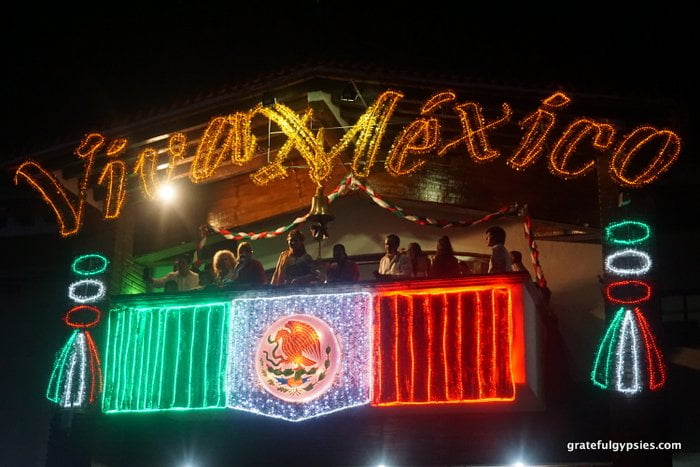Different Names for Food Items in Spanish (Part 2)
In today’s post, I will continue my list of Spanish variations of food items’ names.
It is worth mentioning that all the varied names for these ingredients trace their origins back to the many indigeneous languages of pre-Columbian America—Nahuatl, Quechua, and Taino, just to name a few— as you could read in one of my previous posts.
And before going further, don’t forget to read Part 1. Go take a peek!
 Beans
Beans
Originated in Mesoamerica and nowadays consumed throughout the world, beans are a staple food in many South American countries. The most common name for this food item is frijol, although it is best known as judía or alubia in Spain; frejol in Peru, Bolivia, and Ecuador; caraota (only the black variety) in Venezuela; and poroto in Argentina, Paraguay, Uruguay, and Chile. In the Dominican Republic and some parts of the Caribbean it is rather called habichuela.
 Marrow or zucchini
Marrow or zucchini
This plant was first cultivated in the Americas, although the green varieties were developed in northern Italy. If you want to find it in Mexico, you must ask for calabacita. In Spain, Colombia, and Venezuela it is called calabacín, whereas in Chile it is best known as zapallo italiano. Argentineans and Peruvians prefer to call it zapallo largo o zapallito. Interestingly, Guatemalans know this plant by a very unique name: guicoy.
 Papaya
Papaya
This delicious fruit, grown only in tropical locations, is commonly known as papaya in most Spanish speaking countries. However, if you want to find it in the Dominican Republic and Venezuela, you better ask for lechosa. It is worth mentioning that Cubans called it fruta bomba, while in Paraguay and Argentina this fruit is called mamón.
 Passion fruit
Passion fruit
This exotic fruit with a unique flavor, native to subtropical regions of South America, is known as parchita in Venezuela, chinola in the Dominican Republic, fruta de la pasión in Mexico, and parcha in Puerto Rico. In the rest of South America it is best known as maracuyá.
 Pineapple
Pineapple
Piña, as it is called in most Spanish speaking countries, is said to originate from the area between southern Brazil and Paraguay. Interestingly, this popular fruit—used in cuisines around the world—is best known as ananá in Argentina, as in this country piña means ‘a punch with the fist’. So, it is better to avoid offering a piña to your Argentinean friend.
 Pumpkin
Pumpkin
This squash plant native to northeastern Mexico and southern United States is a staple food in many countries. In the Dominican Republic, Venezuela, and some parts of Colombia it is called auyama, whereas in Costa Rica, El Salvador, and Nicaragua it goes by ayote. In Mexico, Spain, and Paraguay you can find it by the name calabaza. It is worth mentioning that zapallo is the most common name for this food item among South American countries such as Argentina, Chile, Bolivia, and Ecuador.
Have you ever tried any of these food items? What is your favorite one?
Posteado en Spanish Articles (Facebook)



